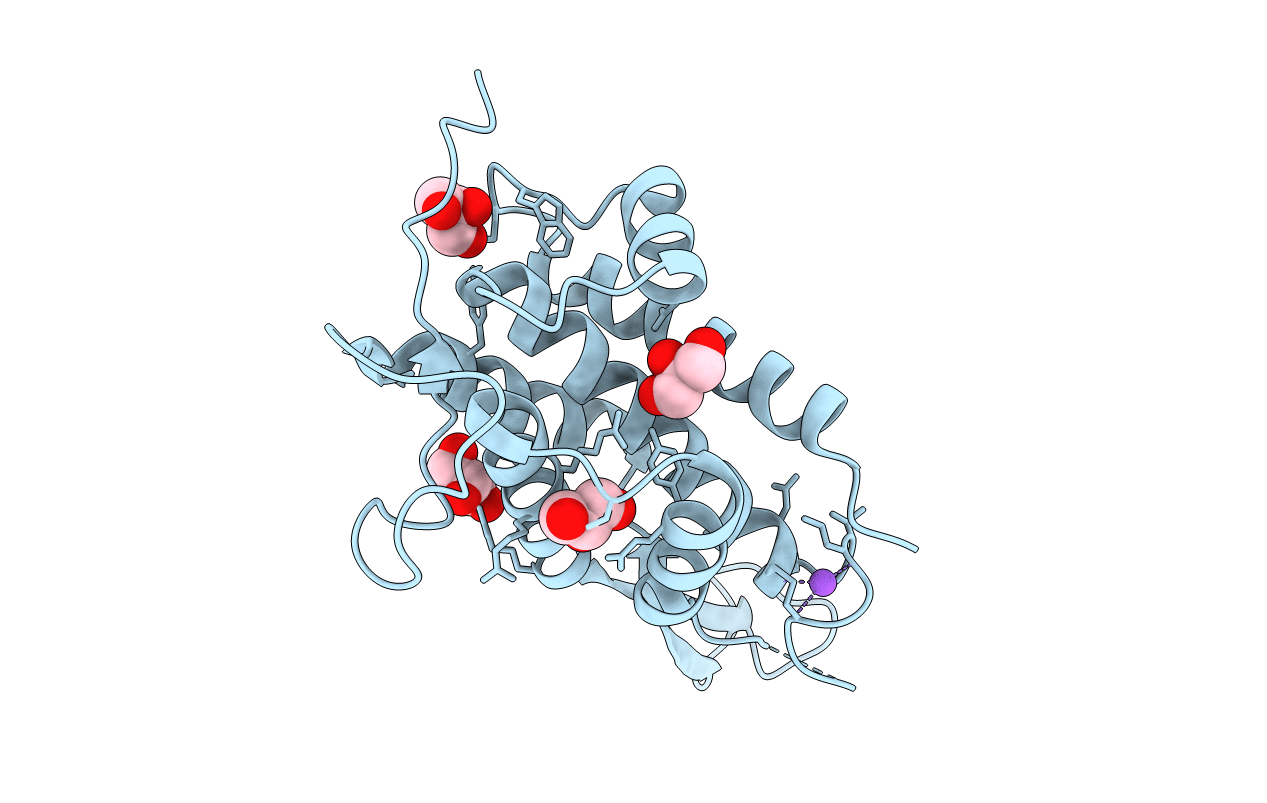
Deposition Date
2013-05-16
Release Date
2013-07-10
Last Version Date
2024-10-30
Entry Detail
PDB ID:
4KRR
Keywords:
Title:
Crystal structure of Drosophila WntD N-terminal domain-linker (residues 31-240)
Biological Source:
Source Organism:
Drosophila melanogaster (Taxon ID: 7227)
Host Organism:
Method Details:
Experimental Method:
Resolution:
2.12 Å
R-Value Free:
0.20
R-Value Work:
0.17
R-Value Observed:
0.18
Space Group:
P 41


